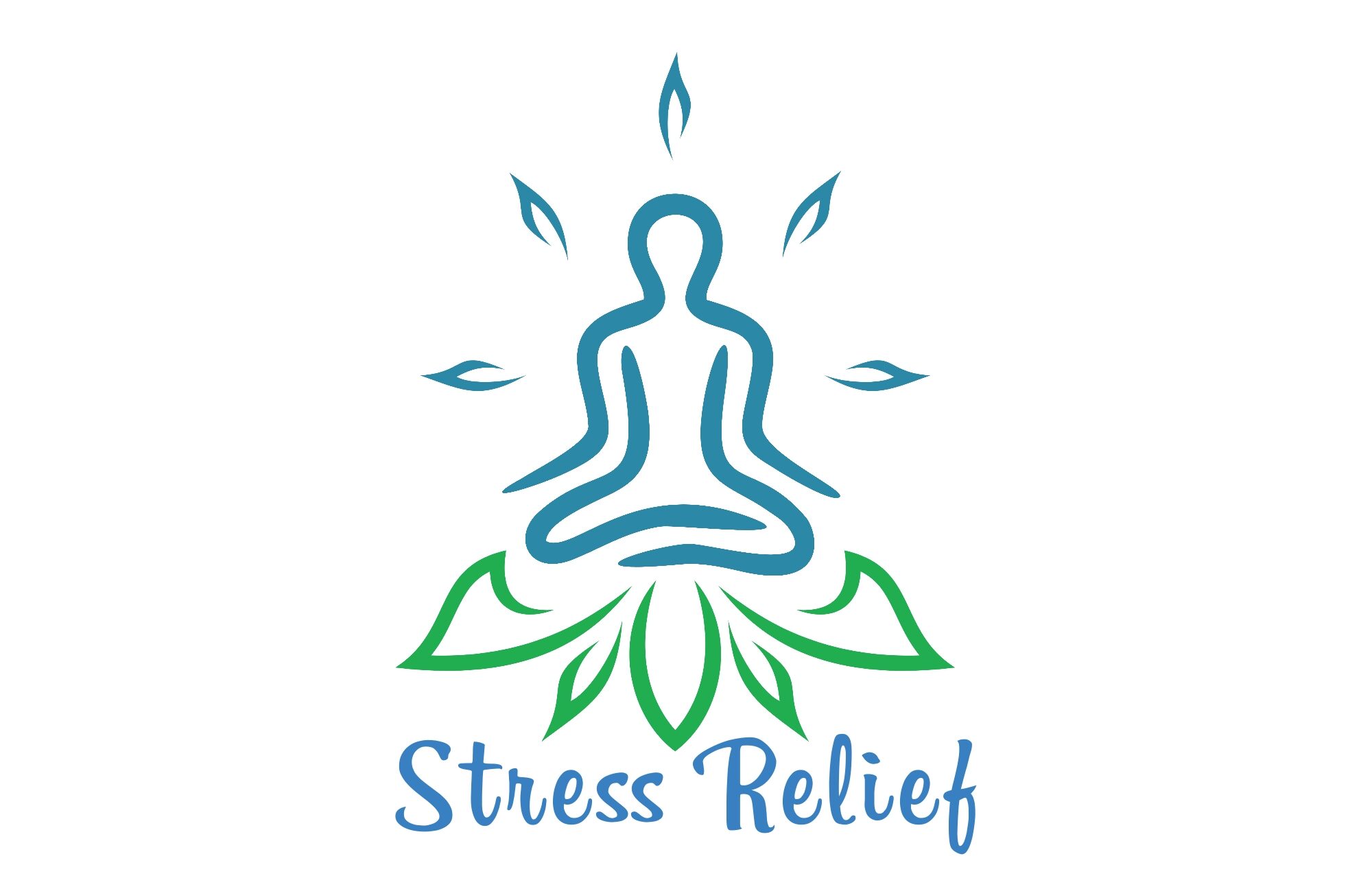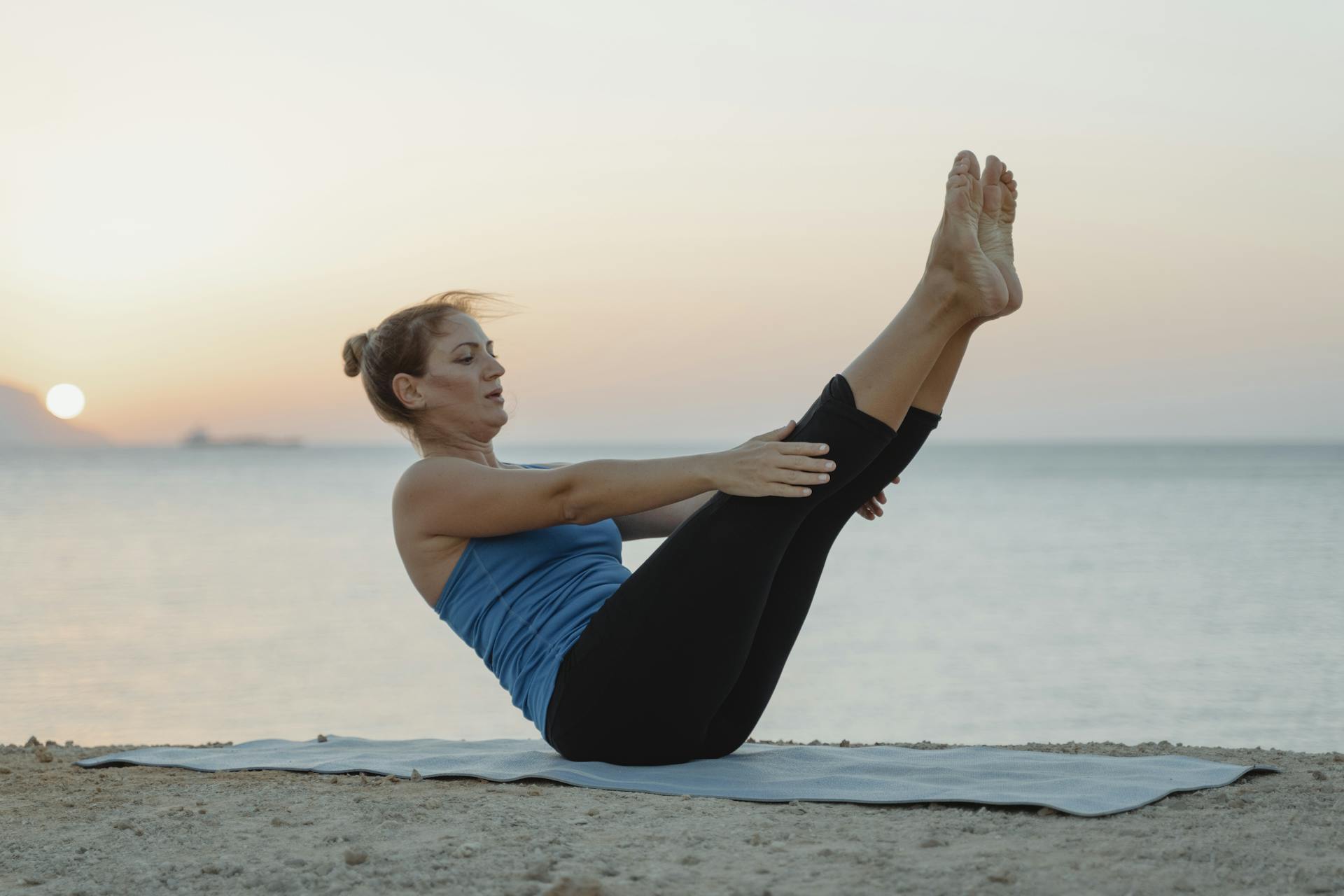I. Introduction
Stress has become an all-too-common phenomenon in our lives, wreaking havoc on our physical and mental well-being. In today’s fast-paced world, finding effective strategies to manage and alleviate stress is crucial. One such powerful tool that has gained recognition is guided imagery exercises. Guided imagery is a technique where individuals use their imagination to create mental images and engage their senses in a way that promotes relaxation, reduces anxiety, and fosters a sense of inner calm. In this article, we will delve deeper into the impact of stress on our well-being, explore the power of guided imagery exercises in stress reduction, and examine the numerous benefits of incorporating guided imagery exercises into our daily routines.
II. Exploring the Fundamentals of Guided Imagery
A. What is Guided Imagery?
Guided imagery is a form of focused relaxation that utilizes the power of visualization to evoke positive mental and physical responses. By directing the mind to imagine peaceful and soothing scenes or situations, individuals can tap into their subconscious minds and manifest feelings of tranquility and calmness.

B. How Guided Imagery Works to Relieve Stress
When we engage in guided imagery exercises, our brain enters a state of deep relaxation. This relaxation response triggers the release of endorphins, which are our body’s natural feel-good chemicals. By visualizing serene and pleasant surroundings, our bodies respond by calming the autonomic nervous system, reducing heart rate, lowering blood pressure, and promoting overall well-being.
C. Science-backed Evidence of Guided Imagery’s Effectiveness
Numerous scientific studies have shown the effectiveness of guided imagery in stress reduction. For example, research conducted at the Cleveland Clinic found that patients who underwent guided imagery reported significantly lower stress levels and improved quality of life. Another study published in the Journal of Behavioral Medicine demonstrated that guided imagery reduced stress and anxiety levels in cancer patients undergoing radiation therapy. These findings highlight the tangible benefits of incorporating guided imagery exercises into our lives.
III. Getting Started: Preparing for Guided Imagery Exercises
A. Creating a Calming Space
Before diving into guided imagery exercises, it’s essential to create a peaceful and distraction-free environment. Find a quiet space where you can relax without interruptions. Dim the lights, play soft instrumental music if desired, and surround yourself with items that bring you comfort and serenity, such as scented candles, cushions, or soothing artwork.
B. Choosing the Right Audio or Script for Guided Imagery
Guided imagery exercises can be done with the help of audio recordings or scripts. It’s important to choose one that resonates with you and aligns with your goals. You may prefer the soothing voice of a professional guide, or you might enjoy reading a script and visualizing the scenes in your mind. Experiment with different options to find what works best for you.

C. Understanding the Breath as a Foundation for Relaxation
Deep diaphragmatic breathing is the cornerstone of relaxation techniques, including guided imagery exercises. Before starting your guided imagery session, take a few moments to focus on your breath. Inhale deeply through your nose, allowing your abdomen to expand, and exhale slowly through your mouth. This intentional breathing technique helps quiet the mind and enhances the effectiveness of guided imagery exercises.
IV. Guided Imagery Techniques for Relaxation
A. The Beach Visualization: Soothing Waves of Serenity
- Creating Mental Images of a Tranquil Beach Setting
Close your eyes and imagine yourself on a secluded beach. Visualize the gentle sway of palm trees, the soft white sand beneath your feet, and the crystal-clear turquoise water stretching out before you. Picture the warm sun kissing your skin and a gentle breeze caressing your face. Allow yourself to fully immerse in the sensations and beauty of this peaceful beach setting.
- Harnessing the Power of Nature’s Sounds and Sensations
As you visualize the beach, bring attention to the sounds surrounding you. Imagine the rhythmic sound of waves crashing against the shore, the seagulls calling in the distance, and the rustling of palm leaves. Engage your senses by envisioning the warmth of the sun on your skin, the coolness of the ocean breeze, and the sensation of sand between your toes.
- Deepening the Relaxation with Progressive Muscle Relaxation
To enhance the relaxation experience, combine the beach visualization with progressive muscle relaxation. Starting from the top of your head, consciously relax each muscle group in your body, moving slowly down to your toes. As you release tension from each muscle, imagine it being carried away by the ocean waves, leaving you feeling lighter and more at ease.
B. Forest Journey: Mindful Exploration of Nature’s Calm
- Using the Imagery of a Forest Setting to Induce Serenity
Create a mental picture of yourself walking through a peaceful forest. Visualize the sunlight filtering through the trees, casting dappled shadows on the forest floor. Imagine the earthy scent of moss and leaves, the soft texture of the forest path beneath your feet, and the sense of tranquility that envelops you as you immerse yourself in nature’s embrace.
- Engaging all Senses to Evoke Deeper Relaxation
As you explore the forest in your mind, engage all your senses. Listen to the melodious sounds of singing birds and rustling leaves. Feel the coolness of the shade on your skin and the grounding energy of the earth beneath you. Inhale the aroma of pine needles and wildflowers, and embrace the peaceful ambiance that surrounds you.

- Incorporating Mindfulness Techniques for Enhanced Stress Relief
Merge the forest imagery with mindfulness techniques to deepen relaxation and stress relief. Practice mindful walking, paying attention to each step you take, the sensations in your body, and the sounds of nature. Observe the intricate details of the forest, such as the vibrant colors of flowers or the gentle sway of branches, allowing yourself to be fully present in the moment.
C. Visualization of Positive Affirmations: Empowering the Mind
- Understanding the Role of Positive Affirmations in Guided Imagery
Positive affirmations are powerful statements that reinforce positive beliefs and self-worth. When combined with guided imagery, they can amplify stress reduction and foster a positive mindset. By visualizing these affirmations, we create a mental landscape that aligns with our desires, cultivating a sense of empowerment and reducing stress.
- Crafting Personalized Affirmations to Overcome Stress
Tailor your affirmations to address specific stressors and challenges in your life. For example, if work-related stress is a significant source of anxiety, create affirmations that focus on success, resilience, and work-life balance. Repeat these affirmations during your guided imagery session, allowing them to seep into your subconscious mind and replace negative or limiting beliefs.
- Combining Affirmations with Imagery for Lasting Stress Reduction
As you engage in guided imagery exercises, incorporate your personalized affirmations into the visualizations. Imagine yourself confidently navigating stressful situations, overcoming challenges, and experiencing a deep sense of peace and fulfillment. By intertwining positive affirmations with vivid imagery, you create a powerful mental landscape that promotes lasting stress reduction and personal growth.
V. Guided Imagery for Specific Stressful Situations
A. Guided Imagery for Workplace Stress
- Visualizing a Calming Workspace Amidst Work-Related Stress
If work-related stress weighs you down, guided imagery can offer relief. During your guided imagery practice, visualize yourself in an ideal work environment where you feel calm, focused, and in control. Imagine a clutter-free workspace, natural light pouring in, and supportive colleagues. By creating this mental oasis, you can decrease stress levels and improve your overall work experience.
- Letting Go of Tension and Increasing Focus through Imagery
Combine imagery with tension-release techniques to maximize stress relief. As you visualize your calm workspace, focus on consciously releasing any tension or stress you may be carrying. With each breath, imagine the tension melting away, allowing your body and mind to relax fully. Visualize yourself being fully present and focused, accomplishing tasks effortlessly and with ease.

- Incorporating Short Guided Imagery Exercises into Your Workday
To combat stress throughout the workday, incorporate short guided imagery exercises into your routine. Take brief breaks during particularly stressful periods and find a quiet space to engage in a quick guided imagery session. Visualize a peaceful scene or repeat positive affirmations to reset your mind and alleviate stress, allowing you to approach challenges with renewed clarity and resilience.
B. Guided Imagery for Sleep and Nighttime Relaxation
- Setting the Stage for a Restful Night’s Sleep with Imagery
If you struggle with sleep difficulties or insomnia, guided imagery can help ease your mind and promote a restful night’s sleep. Before going to bed, create a comforting ambiance in your bedroom by dimming the lights and playing soft, soothing music if desired. Incorporate guided imagery exercises into your bedtime routine to induce a sense of calm and relaxation, priming your body for restful sleep.
- Releasing Daily Worries and Promoting Peaceful Slumber
As you lie in bed, begin your guided imagery practice by letting go of any worries or stress from the day. Visualize these worries floating away like clouds, disappearing into the distance. Shift your focus to serene scenes, such as a starry night sky or a peaceful meadow. Imagine yourself sinking into a state of deep calmness and allowing sleep to envelop you.
- Waking Up Refreshed with Morning Visualization
Incorporate a guided imagery exercise into your morning routine to start the day on a positive note. Before getting out of bed, spend a few moments visualizing a vibrant and energizing scene, such as a radiant sunrise or a beautiful garden. Picture yourself awakening with a sense of vitality and purpose, ready to embrace the day ahead. This morning visualization can set a positive tone for the day, reducing stress and enhancing overall well-being.
C. Guided Imagery for Managing Social Anxiety
- Visualizing Positive Social Interactions to Reduce Anxiety
Social anxiety can be overwhelming, causing individuals to avoid social situations altogether. Guided imagery can be a valuable tool in managing and reducing social anxiety. Prior to social events, visualize positive social interactions. Imagine yourself engaging in confident and relaxed conversations, connecting with others, and enjoying the company. Visualize positive outcomes and feelings of calmness and acceptance.
- Developing Confidence and Relieving Social Stress through Imagery
Pair guided imagery with confidence-building techniques to alleviate social stress. As you visualize positive social interactions, focus on cultivating a sense of self-assurance. Imagine yourself speaking confidently, maintaining eye contact, and radiating a genuine sense of ease. Embrace the power of visualization to reprogram your mind and instill a sense of confidence and calmness in social situations.
- Practicing Guided Imagery Before Social Events for Optimal Effectiveness
To derive maximum benefits from guided imagery for social anxiety, practice these exercises before social events. Set aside some quiet time before the event to engage in a guided imagery session. Visualize yourself entering the social setting with ease, feeling comfortable and relaxed. By pre-programming your mind with positive and calming images, you can overcome social anxiety and foster meaningful connections with others.

VI. Summary
A. The Holistic Approach to Stress Reduction through Guided Imagery
Guided imagery exercises offer a holistic approach to stress reduction, impacting both the mind and body. By harnessing the power of visualization and engaging the senses, guided imagery promotes deep relaxation, reduces anxiety, and fosters overall well-being.
B. Incorporating Guided Imagery Exercises into Your Daily Routine
To reap the full benefits of guided imagery, incorporating it into your daily routine is essential. Designate specific times throughout the day to engage in guided imagery exercises, whether it’s in the morning to start the day off right, during breaks to combat workplace stress, or before bedtime to promote restful sleep.
C. Embracing the Transformative Power of Visualization for Long-Term Well-Being
Guided imagery exercises have the potential to transform our lives by enabling us to tap into our inner resources and cultivate a positive mindset. By embracing the transformative power of visualization, we can reduce stress, enhance resilience, and foster long-term well-being.
VII. FAQs (Frequently Asked Questions)
A. What if I struggle to visualize during guided imagery exercises?
If you find it challenging to visualize during guided imagery exercises, don’t worry. Visualization is a skill that can be developed with practice. Focus on engaging your other senses, such as hearing, smell, touch, and even emotions, to strengthen your guided imagery experiences. With time and patience, your ability to visualize will improve.
B. Is guided imagery suitable for everyone?
Yes, guided imagery exercises can be beneficial for most individuals. However, if you have severe trauma, psychosis, or other mental health conditions, it is essential to consult with a healthcare professional before incorporating guided imagery into your routine.
C. How often and for how long should I practice guided imagery for stress relief?
The frequency and duration of guided imagery practice can vary depending on individual preferences and time availability. Aim to practice guided imagery for at least 10-15 minutes daily, or more frequently during times of heightened stress. Consistency is key for reaping the long-term benefits of guided imagery.
D. Can I create my own guided imagery scripts?
Absolutely! Crafting your own guided imagery scripts can be a empowering and personal experience. Tailor the scripts to align with your specific stressors and goals, incorporating affirmations and scenes that resonate with you. Alternatively, you can find a variety of pre-made scripts online or seek the guidance of a professional.
E. Are there any potential side effects or risks associated with guided imagery?
Guided imagery is generally considered safe and carries minimal risks. However, if you experience any discomfort, increased anxiety, or unwanted emotions during guided imagery exercises, discontinue the practice and consult with a healthcare professional. It’s essential to listen to your body and adjust the practice to suit your individual needs.




